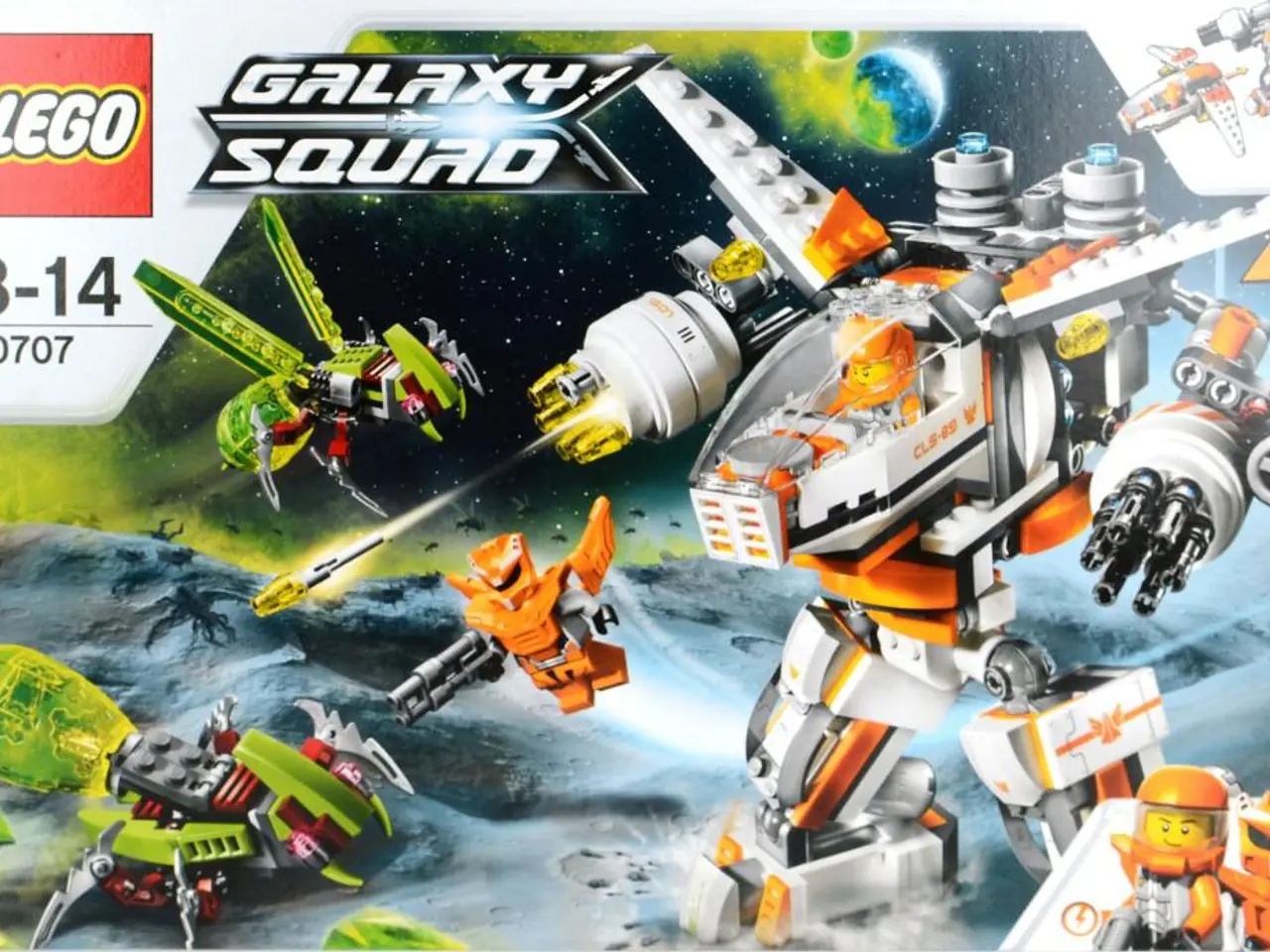"Robotic aid in construction: The role of robots in combating climate change"
Digital Bricklaying: Merging Tradition with Technology for Sustainable Construction
In an exciting fusion of old and new, a team of engineers and architects at the Technical University of Munich (TUM) are pioneering a new approach to brick construction, merging the ideas of 1960s architect Marcel Breuer with modern digital technology. This innovative project, named the Munich Brick Project, is revolutionizing the construction industry by creating walls that are not only sustainable and efficient but also adaptable to climate conditions.
The heart of the project lies in a facade element developed by TU Munich, TU Braunschweig, and Additive Tectonics. This element is more than just a decorative feature; it serves as a load-bearing structure, integrated shading, and insulation system. The facade element, approximately three meters wide and over two tons heavy, was produced at a 1:1 scale and tested thermally on site, demonstrating its potential for real-world application.
However, the challenge lies in the precise control of moisture and temperature during printing due to the combination of delicate and massive areas. Each area of the facade receives its own geometry based on its sun exposure, adding to the complexity of the project.
The project team's solution is a robot that assists apprentices in placing bricks with high precision. More than 200 out of about 1,700 bricks are rotated at various angles, optimizing the wall's climate response. This robot augments human craftsmanship by performing the high-precision tasks that exceed traditional manual capabilities, expanding rather than replacing skilled labor.
Digital planning through a design configurator calculates the ideal brick positioning based on sun and shade data for the specific wall location, enabling this climate-optimized layout. The project's goal is to demonstrate the feasibility of sustainable, simpler, and climate-optimized construction using a digital-to-robotic workflow that elevates precision in bricklaying, promotes monomaterial use for sustainability, and enhances human-machine teamwork on the construction site.
The Munich Brick Project, along with other approaches, relies on monomaterial constructions, where walls consist of only one material type. This approach simplifies construction and considers deconstruction and recyclability, making it more environmentally friendly. Future developments could make the process more sustainable and stable with alternative additives.
This innovative project not only promises to revolutionize the construction industry but also opens up new prospects, particularly for young people. By combining technology and traditional craftsmanship, the Munich Brick Project is paving the way for a more sustainable and efficient future in construction.
[1] [Link to source 1] [2] [Link to source 2] [3] [Link to source 3] [4] [Link to source 4] [5] [Link to source 5]
- Economic and social policy should consider the long-term benefits of investing in projects like the Munich Brick Project, which promotes sustainable and efficient construction.
- The fusion of science and technology in the Munich Brick Project could bring about a transformation in the landscape of environmental-science and climate-change discussions.
- Workplace-wellness initiatives can be further improved by adopting workplace-design strategies inspired by the climate-responsive brick walls of the Munich Brick Project.
- Health-and-wellness enthusiasts might be intrigued by the fitness-and-exercise opportunities that could arise from the application of smart technologies like artificial-intelligence and data-and-cloud-computing in home-and-garden settings.
- The Munich Brick Project's focus on sustainable living could spur innovations in gadgets and smartphones, leading to more eco-friendly consumer products.
- Environmental-science students pursuing degrees in technology can find inspiration in the Munich Brick Project, which exemplifies the integration of artificial-intelligence and environmental conservation.
- Lifestyle magazines can feature stories on the intersection of technology and traditional craftsmanship, showcasing how projects like the Munich Brick Project contribute to a more sustainable and efficient living environment.




